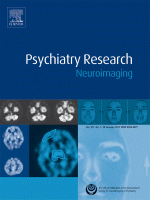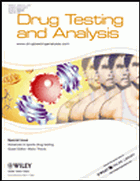
“Mood disorders, including anxiety and depression, are frequently diagnosed in multiple sclerosis (MS) patients, even independently of the disabling symptoms associated with the disease.
Anatomical, biochemical, and pharmacological evidence indicates that type-1 cannabinoid receptor (CB1R) is implicated in the control of emotional behavior and is modulated during inflammatory neurodegenerative diseases such as MS and experimental autoimmune encephalomyelitis (EAE).
We investigated whether CB1R could exert a role in anxiety-like behavior in mice with EAE. We performed behavioral, pharmacological, and electrophysiological experiments to explore the link between central inflammation, mood, and CB1R function in EAE.
Overall, results of the present investigation indicate that synaptic dysfunction linked to CB1R is involved in EAE-related anxiety and motivation-based behavior and contribute to clarify the complex neurobiological mechanisms underlying mood disorders associated to MS.
Collectively, our data contribute to clarify the synaptic and, at least in part, molecular basis of mood disturbances in EAE and, possibly, MS. Understanding the neurobiological underpinning of anxiety-like behavior in EAE mice is of crucial importance to optimize the treatment of mood disturbance in MS and, possibly, other neuroinflammatory diseases.
In this direction, targeting the endocannabinoid system may be a valid therapeutic tool for the treatment of both psychiatric and motor symptoms in MS patients.”
https://www.ncbi.nlm.nih.gov/pmc/articles/PMC5009553/










